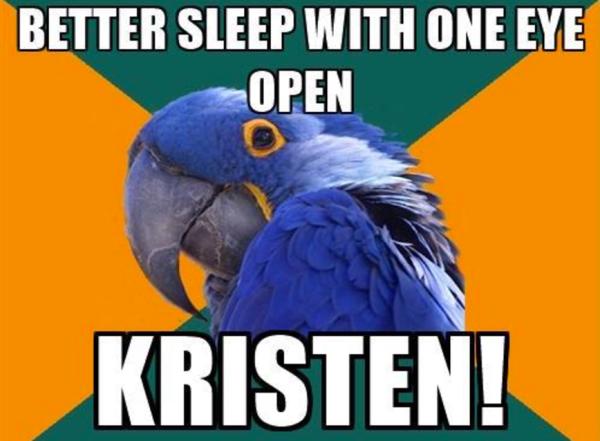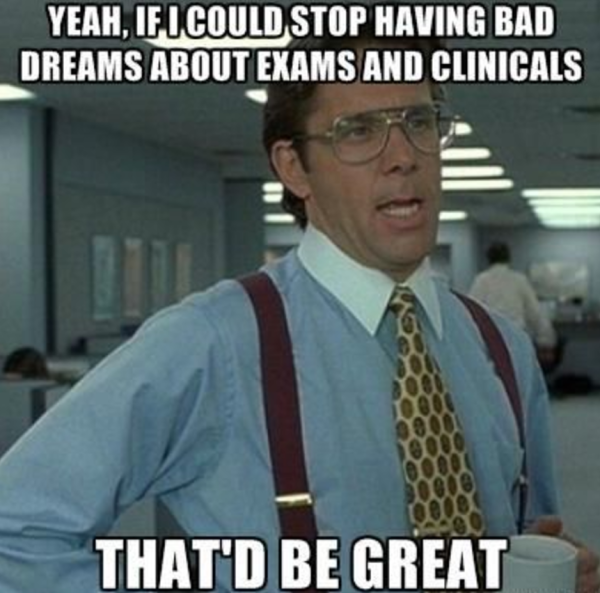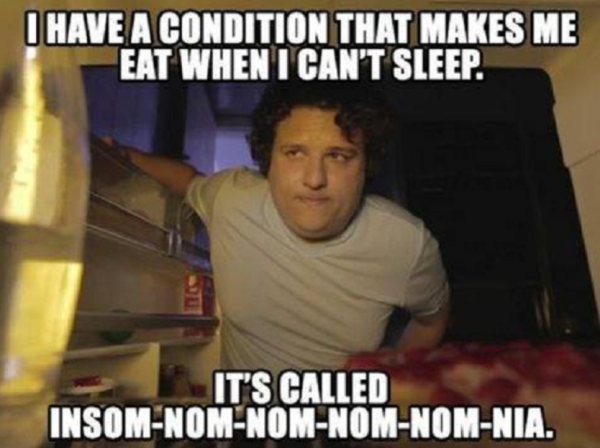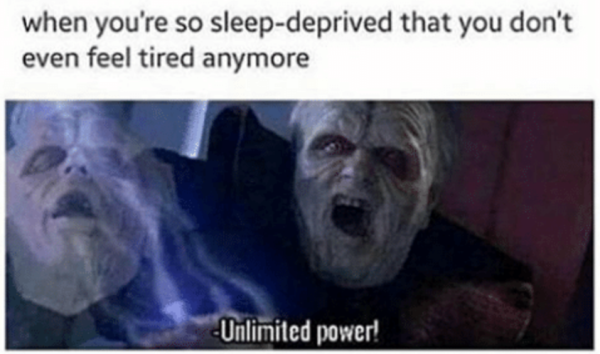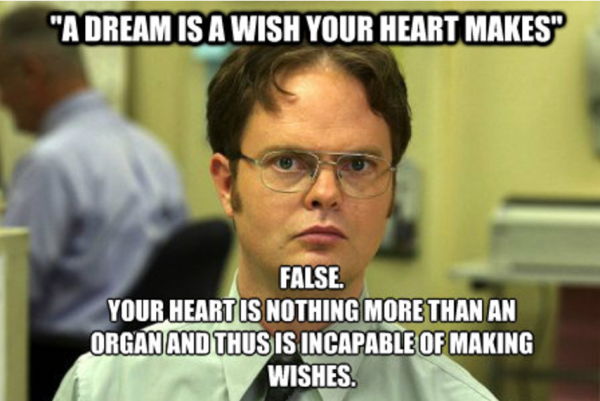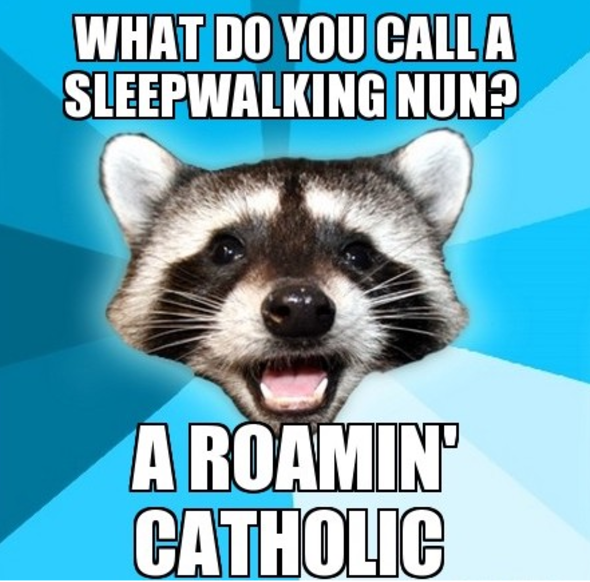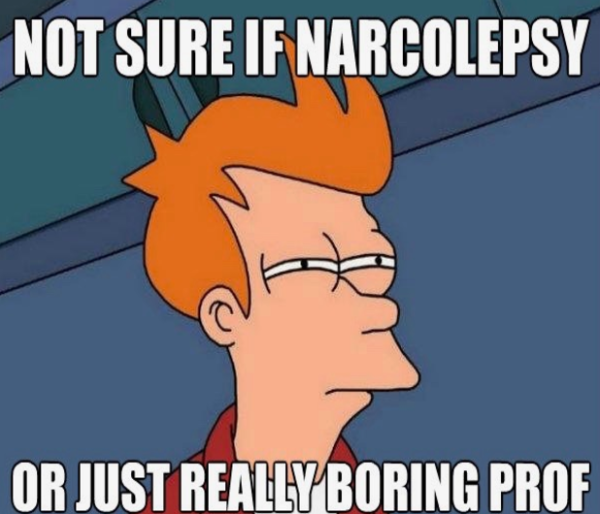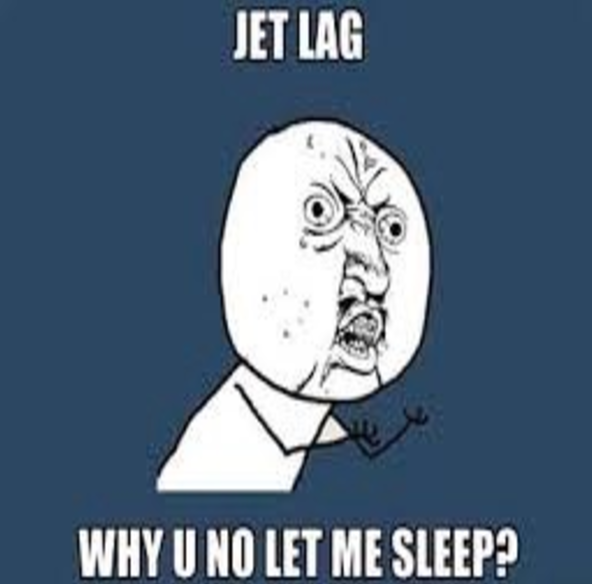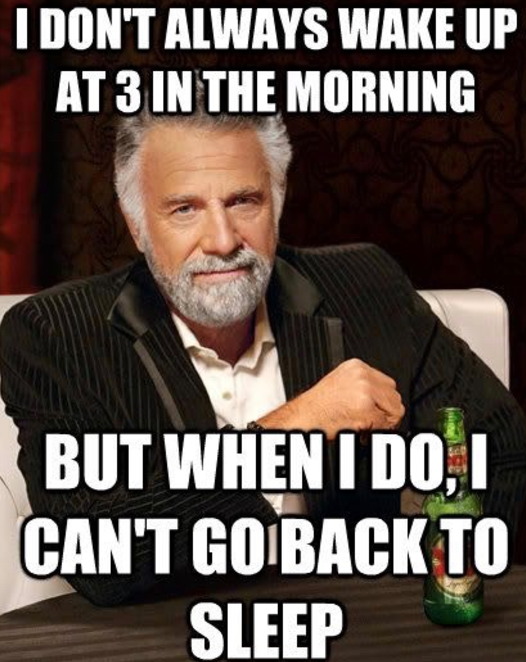Birds have the ability to engage in unihemispheric sleep, or sleep with half of their brain. But, they can only do so during NREM sleep. When the left half of the brain is asleep and the right half of the brain is awake, for example, the right eye is closed and the left eye is open.
Humans sort of have unihemispheric sleep. On the first night of sleeping in an unfamiliar place, one half of the brain goes into a much deeper sleep than the other half. But, both eyes are closed. Not as cool, but what are you going to do, ya know?
Rattenborg, Niels C.; Lima, Steven L.; Amlaner, Charles J. (1999). “Half-awake to the risk of predation”. Nature. 397 (6718): 397–398.
Tamaki, Masako, et al. “Night watch in one brain hemisphere during sleep associated with the first-night effect in humans.” Current biology 26.9 (2016): 1190-1194.

